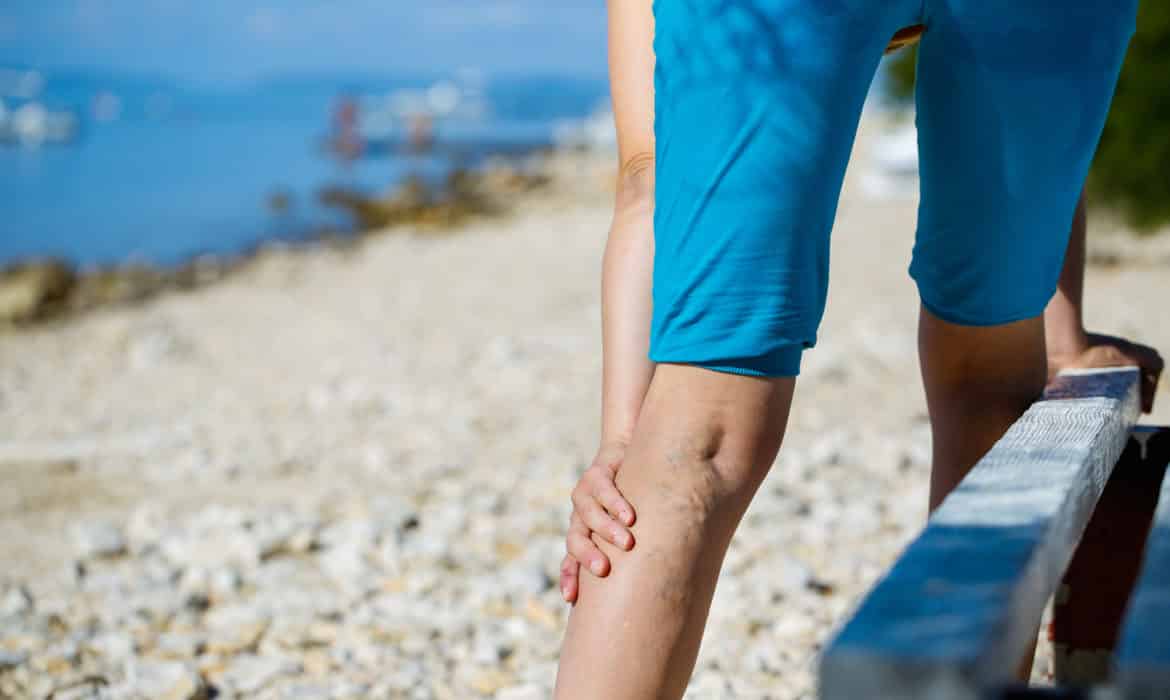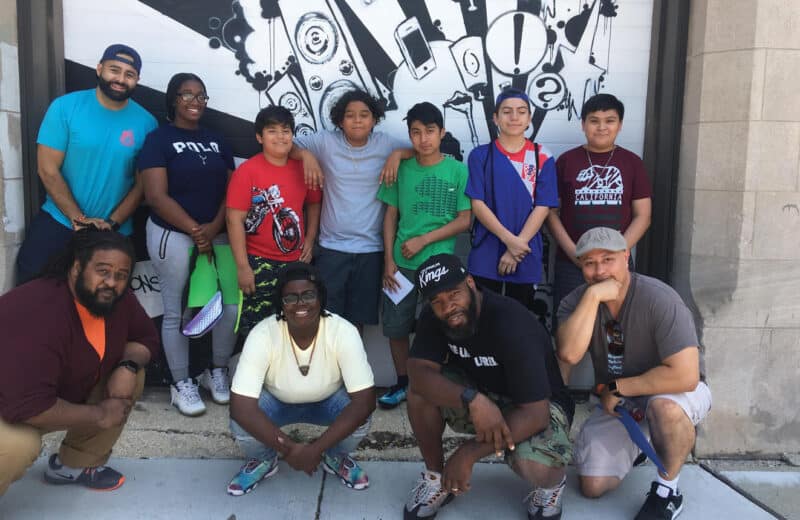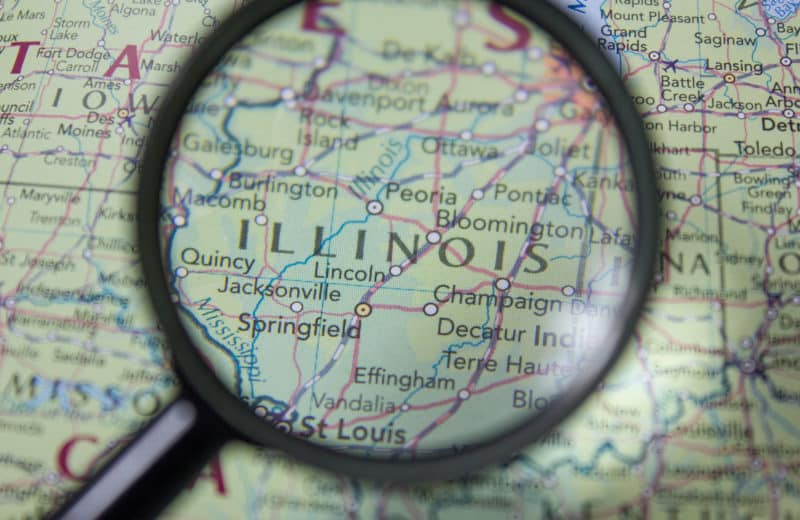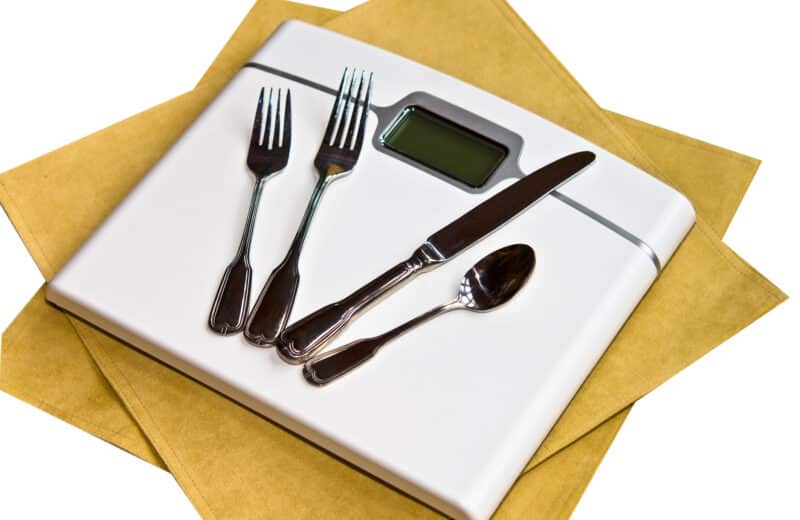Q: I have varicose veins that are becoming more prominent. What can I do to prevent them from getting worse? What are my options if I want to have them removed?
A: Varicose veins — those dark blue or purple leg veins that bulge just beneath the skin’s surface — leave many sufferers feeling self-conscious. But beyond the cosmetic considerations, pooling of excess blood in the lower extremities can cause discomfort, leg swelling and skin ulcers.
Varicose veins are the result of faulty valves. The valves in the legs are designed to keep blood moving toward the heart. If they don’t close completely, some blood flows back toward the feet. As blood accumulates, the veins swell. Those near the surface of the skin protrude, becoming varicose veins.
Heredity plays a role in faulty vein valves. If both your parents have varicose veins, you are almost certain to have them too. Several additional factors can contribute to their development, including pregnancy and obesity — both of which put additional pressure on the legs — and standing or sitting for long periods.
When varicose veins go untreated, the veins become progressively weaker. As blood pools, the ankles may swell and the lower legs may feel heavy. The pressure from the veins can damage the skin and make it vulnerable to injury, infection, and ulcers.
To help prevent varicose veins from getting worse, you should exercise daily, wear compression stockings and elevate your legs when sitting. Walking is a natural antidote to faulty vein valves. When you walk, the contractions of your calf muscles help force blood back toward the heart.
Compression stockings exert graduated pressure on the leg, forcing blood upward, collapsing distended veins and preventing swelling. The newer compression stockings made from Lycra and microfibers are lighter and more fashionable. They come in a variety of colors and lengths.
Nowadays varicose vein therapy has moved very far away from the old-fashioned saphenous vein stripping. That procedure involved making an incision in the groin and leg, inserting a stripping device into the vein, and pulling the vein out of the body. It usually required general anesthesia, an overnight hospital stay and weeks of recovery.
Today, physicians usually close the vein permanently rather than remove it. They use one of several minimally invasive techniques, performed through catheters inserted into the veins under ultrasound guidance. These treatments are performed in outpatient settings under local anesthesia, and the patient can walk immediately after treatment.
Techniques to close the vein include thermal ablation using high heat from a laser or a radiofrequency transducer, mechanochemical ablation using a rotating wire and a chemical irritant, or VeniSeal treatment using surgical glue.
(Howard LeWine, M.D., is an internist at Brigham and Women’s Hospital in Boston and assistant professor at Harvard Medical School. For additional consumer health information, please visit www.health.harvard.edu.)
(c) 2017 PRESIDENT AND FELLOWS OF HARVARD COLLEGE. ALL RIGHTS RESERVED. DISTRIBUTED BY TRIBUNE CONTENT AGENCY, LLC.












